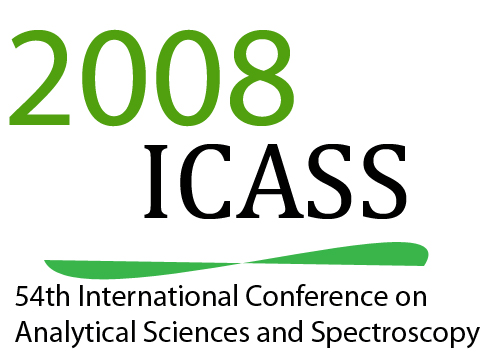0800h: C41C-0540
Snowpack and Air Interactions of (Semi)volatile Organic Compounds at Alert, Nunavut
Kos, G (gregor.kos@mcgill.ca) and Ariya, PA (parisa.ariya@mcgill.ca), McGill University, Department of Atmospheric and Oceanic Sciences, 805 Sherbrooke Street West, Montreal, QC H3A 2K6, Canada.
Eighteen different (semi)volatile organic compounds (halogenated, aromatic and oxygenates) were determined in surface snow (0-10~cm) together with concurrent measurements of surface air samples. Subsequently, atmosphere-snow interactions were investigated. Samples were collected in the Canadian Arctic (Alert, Nunavut; 82° 29′ 58″ N, 62° 20′ 05″ W) between May 22 and June 2, 2006 during the snowmelt and rising temperatures. Snow samples analysed on site using solid-phase micro-extraction with gas chromatography and flame ionisation detection (GC/FID) and air samples analysed after transfer to Montreal employing a home-built cryo-trap GC/FID system showed a drop in concentration below the detection limit for a number of compounds (e.g. trichloroethene, benzene) in snow on May 30 that corresponded to a sudden increase in ground ozone concentrations and a shift in the origin auf air masses passing the sampling location 72 hrs prior to the sampling event from polar to South-Westerly source regions. Additionally, the warming of the boundary layer and subsequently the snow pack was accompanied by a transformation from dendritic to highly metamorphous snow. Sorption coefficient were used for the estimation of acetone concentrations in snow from air data and vice versa and comparison with measured values showed discrepancies of up to 3 orders of magnitude, indicating highly non-equilibrium conditions. Attempts were made to evaluate the gas/snow interactions using several thermodynamic calculations, the results of which will be discussed.
